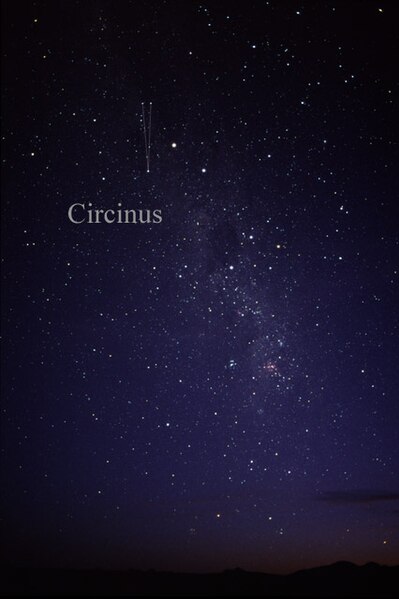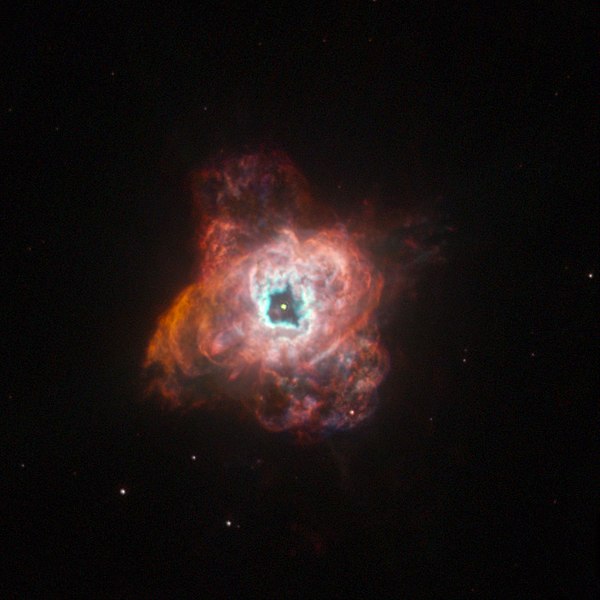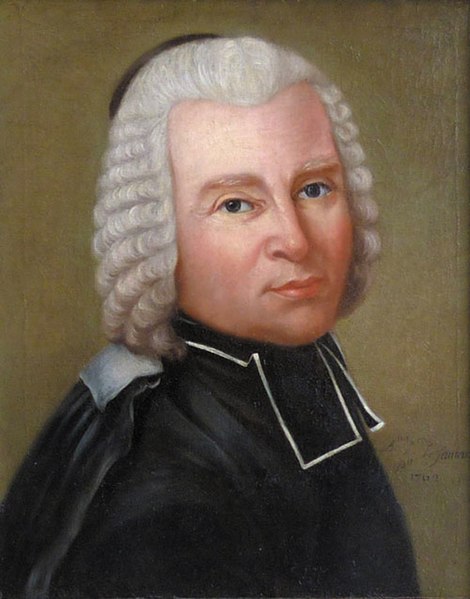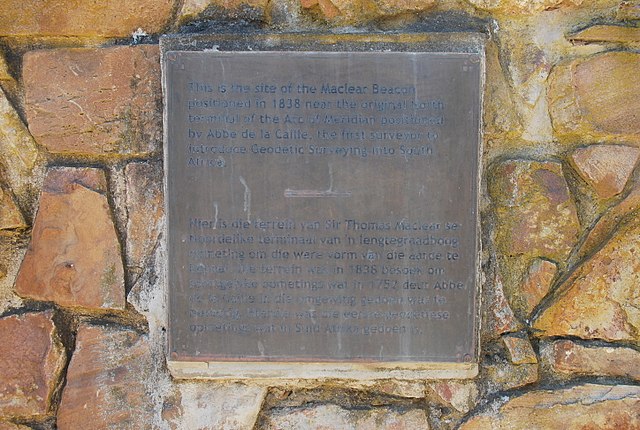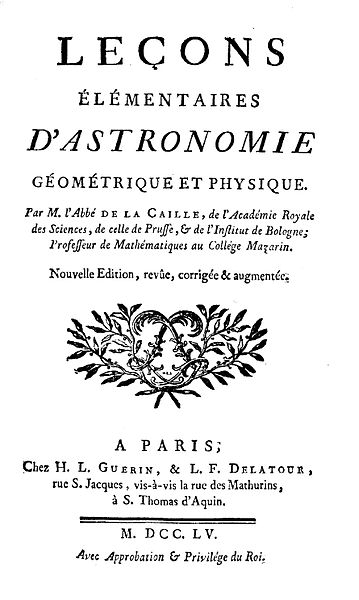Circinus is a small, faint constellation in the southern sky, first defined in 1756 by the French astronomer Nicolas-Louis de Lacaille. Its name is Latin for compass, referring to the drafting tool used for drawing circles. Its brightest star is Alpha Circini, with an apparent magnitude of 3.19. Slightly variable, it is the brightest rapidly oscillating Ap star in the night sky. AX Circini is a Cepheid variable visible with the unaided eye, and BX Circini is a faint star thought to have been formed from the merger of two white dwarfs. Two sun-like stars have planetary systems: HD 134060 has two small planets, and HD 129445 has a Jupiter-like planet. Supernova SN 185 appeared in Circinus in 185 AD and was recorded by Chinese observers. Two novae have been observed more recently, in the 20th century.
The constellation Circinus as it can be seen by the naked eye.
An astrophotograph of NGC 5823, showing its backwards S shape
Hubble Space Telescope's view of NGC 5315, showing its intricate structure and central star
Nicolas-Louis de Lacaille
Abbé Nicolas-Louis de Lacaille, formerly sometimes spelled de la Caille, was a French astronomer and geodesist who named 14 out of the 88 constellations. From 1750 to 1754, he studied the sky at the Cape of Good Hope in present-day South Africa. Lacaille observed over 10,000 stars using a refracting telescope.
Nicolas-Louis de Lacaille
A memorial to the Abbé de Lacaille and Thomas Maclear, at Aurora in the Western Cape of South Africa. The English portion of the inscription reads: "This is the site of the Maclear Beacon positioned in 1838 near the original North Terminal of the Arc of Meridian positioned by Abbé de Lacaille, the first surveyor to introduce Geodetic Surveying into South Africa." Open the image to see the Afrikaans portion.
Leçons elementaires d'astronomie, géométrique et physique, 1755 edition
Messier 55 is a globular cluster discovered in 16 June 1752.

